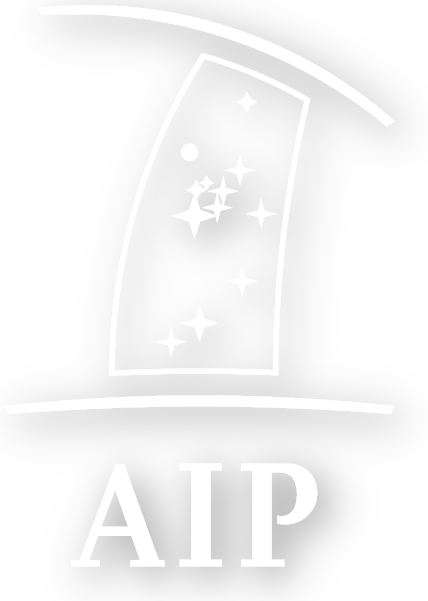Speaker
Description
The circumgalactic medium (CGM) plays a pivotal role in galaxy evolution: accretion of cool, metal-poor gas from the cosmic web can feed star formation and AGN activity, but outflows heat and chemically enrich the CGM gas, leading to self-regulating feedback processes.
At z>3, quasars are commonly embedded into large Lyman $\alpha$ nebulae extending up to the virial radius of the host galaxies' halos and thus tracing the cool ($10^4$ K) gas in the CGM.
In this contribution, I will present the largest sample to date of eight physically associated z=3-4 quasar pairs and their extended Ly$\alpha$ emission observed with VLT/MUSE. When compared to single quasar nebulae, the more asymmetric morphology of the pair nebulae highlights the impact of galaxy interactions on the CGM of the host galaxies, and generally dimmer and smaller pair nebulae possibly arise due to increased AGN feedback in the presence of two quasars instead of one and the subsequent heating of the CGM.
Additionally, I will show that especially large Lyman alpha nebulae are always aligned with the quasar pair direction, indicating that they are indeed connected to filamentary gas accretion, opening interesting prospects in the direct, observational study of the cosmic web.
I will conclude by describing future prospects of this work.

